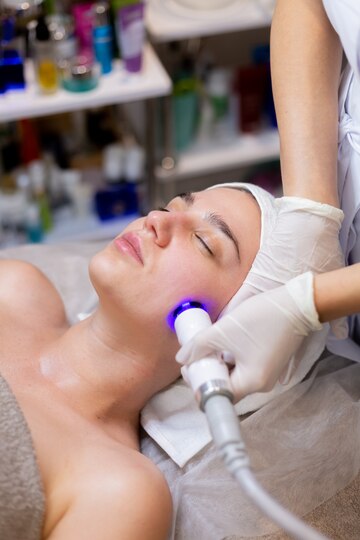Radiofrequency Treatments

Radiofrequency (RF) treatments use energy waves to heat the skin and underlying tissues, which can help to promote collagen production, improve skin elasticity, and address various cosmetic concerns. There are different types of radiofrequency treatments, and they are commonly used in aesthetics for skin tightening, wrinkle reduction, body contouring, and the treatment of cellulite.
Types of RF Treatments:
- Monopolar RF: Uses a single electrode that directs energy deep into the skin and tissue, which promotes collagen stimulation.
- Bipolar RF: Utilizes two electrodes, sending energy between them to target more superficial layers of the skin.
- Multipolar RF: Incorporates multiple electrodes to generate a more uniform treatment that targets a wider area.
- Fractional RF: Combines RF energy with micro-needling, delivering energy via tiny needles that create microscopic wounds to stimulate collagen regeneration.
Benefits:
- Skin Tightening: RF treatments stimulate the production of collagen and elastin, which tightens the skin over time.
- Wrinkle Reduction: By increasing collagen production, RF can reduce the appearance of fine lines and wrinkles.
- Body Contouring: RF can help with fat reduction and contouring by heating the fat cells and promoting their breakdown.
- Cellulite Treatment: RF is often used to treat the appearance of cellulite by enhancing skin structure and reducing fat.
- Non-invasive: Unlike surgery, RF treatments don’t require incisions or downtime, making them a popular choice for those seeking non-surgical options.
Considerations:
- Multiple Sessions: RF treatments often require multiple sessions to see optimal results, with periodic maintenance sessions.
- Temporary Results: While RF can produce visible improvements, the results are not permanent and may require touch-ups over time.
- Safety: RF treatments are generally safe when performed by trained professionals, but there may be minor risks like redness or swelling in the treated area.
It’s always important to consult with a qualified practitioner to determine the most suitable RF treatment for your specific needs and goals.
